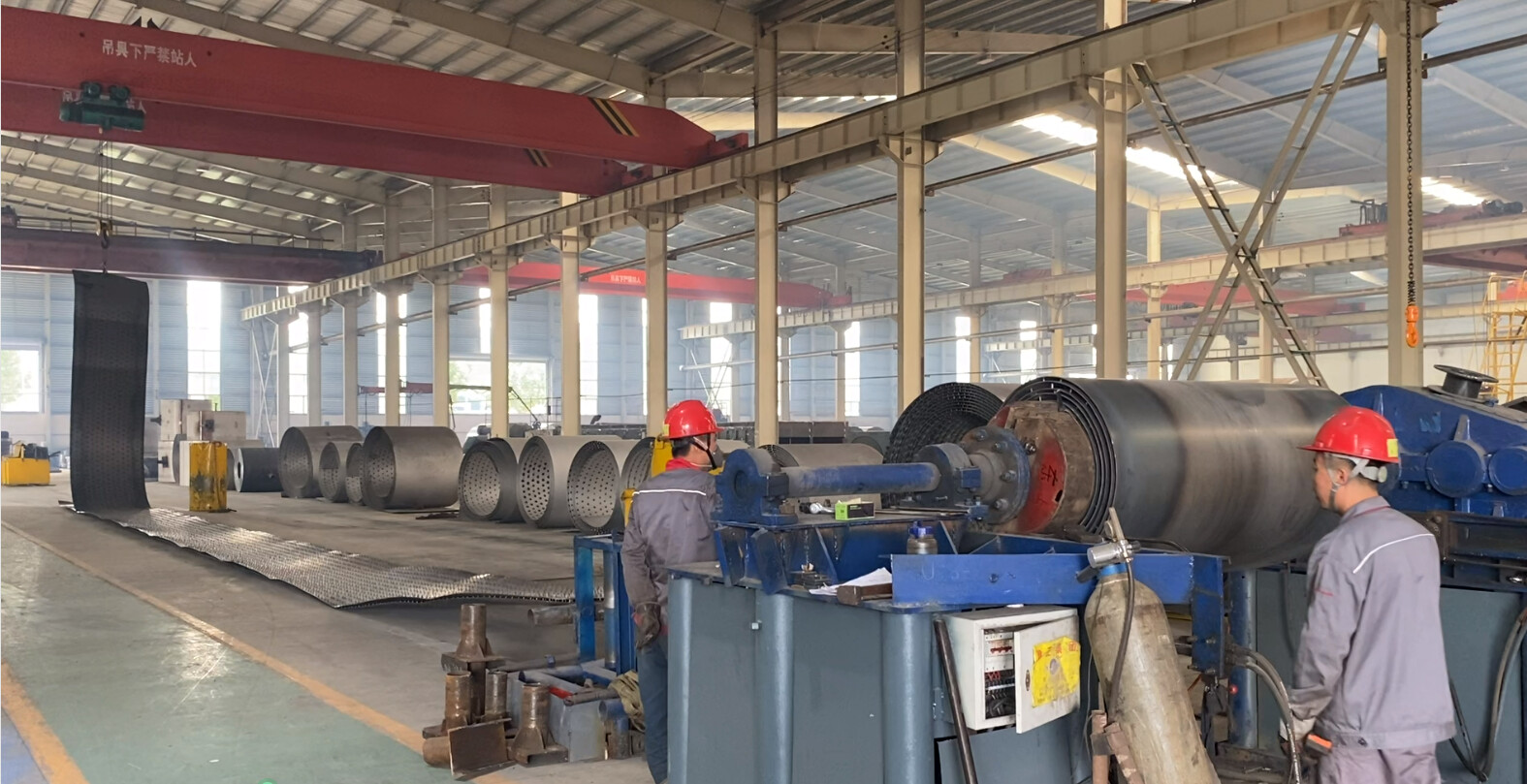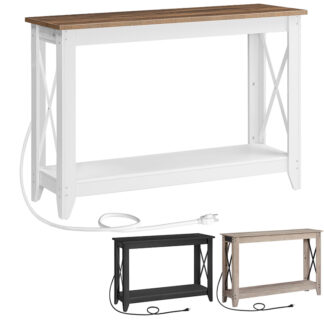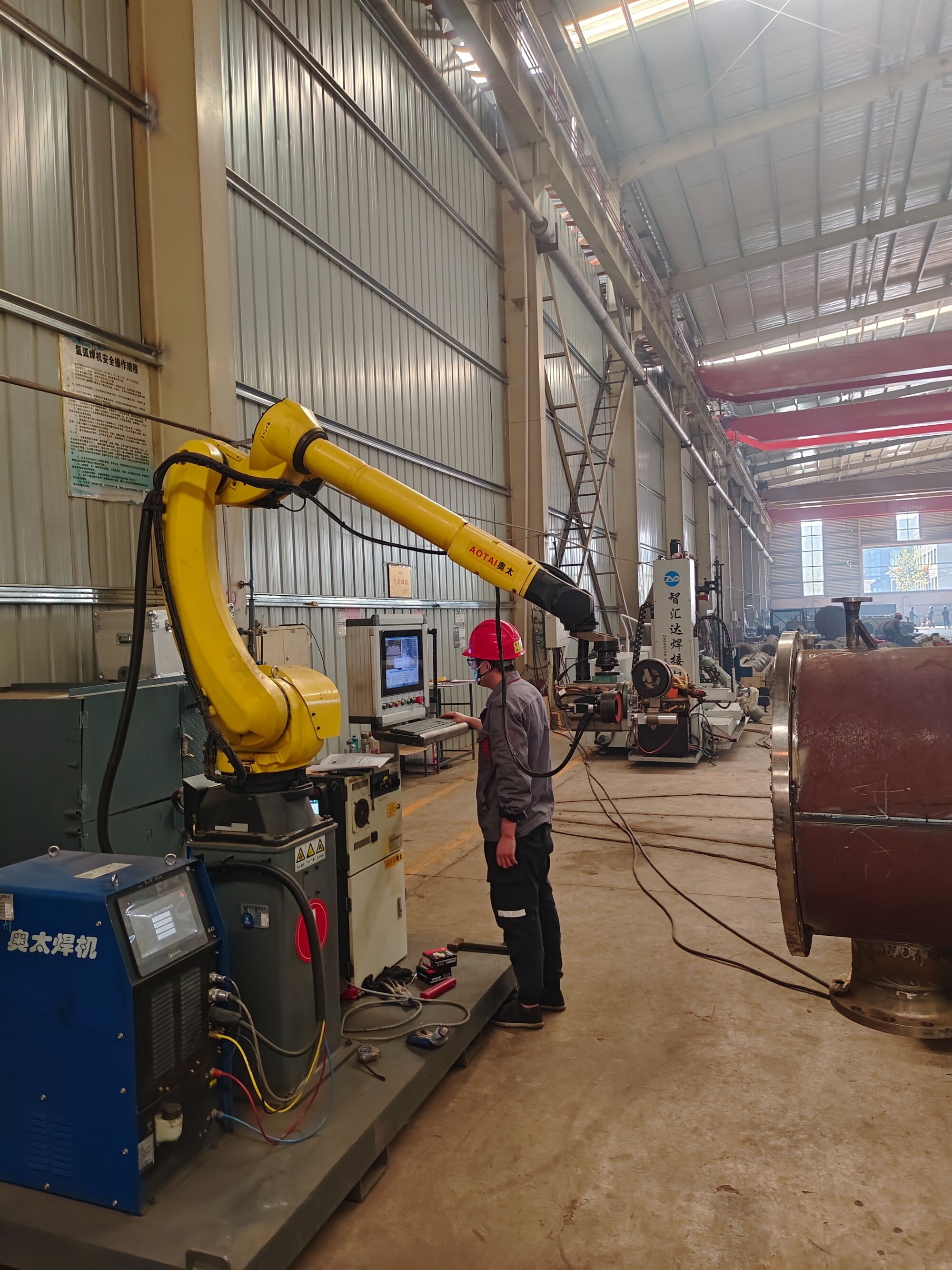A coaxial heat exchanger consists of two concentric tubes, with one fluid flowing through the inner tube and the other fluid flowing in the annular space between the two tubes. This counterflow arrangement maximizes heat transfer efficiency by maintaining a high temperature gradient between the fluids along the length of the exchanger.So, Boiler heat exchanger On the contrary, there is still a lot of room to play. https://boyuheatexchanger.com/
Key Features of Coaxial Heat Exchangers
Compact Design
The concentric tube arrangement minimizes the physical footprint, making it ideal for space-limited applications.
High Thermal Efficiency
The counterflow configuration ensures maximum heat transfer between the fluids.
Versatile Material Options
Coaxial heat exchangers are available in various materials, including stainless steel, copper, and titanium, to suit specific application requirements.
Corrosion Resistance
Materials like stainless steel and titanium provide excellent resistance to corrosion, ensuring durability in harsh environments.
Ease of Maintenance
Simple design facilitates cleaning and maintenance, reducing downtime and operational costs.
Applications of Coaxial Heat Exchangers
HVAC Systems
Used in heat pumps and air conditioning systems to transfer heat efficiently between refrigerants and water.
Refrigeration
Commonly employed in evaporators and condensers for their compact size and high performance.
Water Heating
Ideal for hot water systems, including domestic and industrial applications, due to their efficient heat transfer.
Medical and Laboratory Equipment
Used in precise thermal control systems, such as blood warmers and laboratory cooling devices.
Coaxial-Heat-Exchangers.jpg
Advantages of Coaxial Heat Exchangers
Energy Efficiency
Counterflow design optimizes energy usage, reducing operational costs.
Space-Saving
Compact structure allows for easy integration into systems with limited space.
Customizable
Tailored designs available to meet unique operational needs, including pressure, flow rate, and material compatibility.
Durability
High-quality materials ensure long service life even in demanding applications.
Coaxial Heat Exchanger vs. Traditional Designs
Compared to shell-and-tube or plate heat exchangers, coaxial heat exchangers provide:
Higher efficiency in space-limited scenarios.
Simplified installation and maintenance.
Lower pressure drop, improving overall system performance.
Why Choose Coaxial Heat Exchangers?
Coaxial heat exchangers combine high thermal efficiency with a compact footprint, making them an ideal choice for industries that prioritize performance and space savings. Whether for heating, cooling, or refrigeration, these exchangers deliver reliable and efficient thermal solutions for a wide range of applications.
For more information on coaxial heat exchangers and how they can benefit your system, contact us today!


